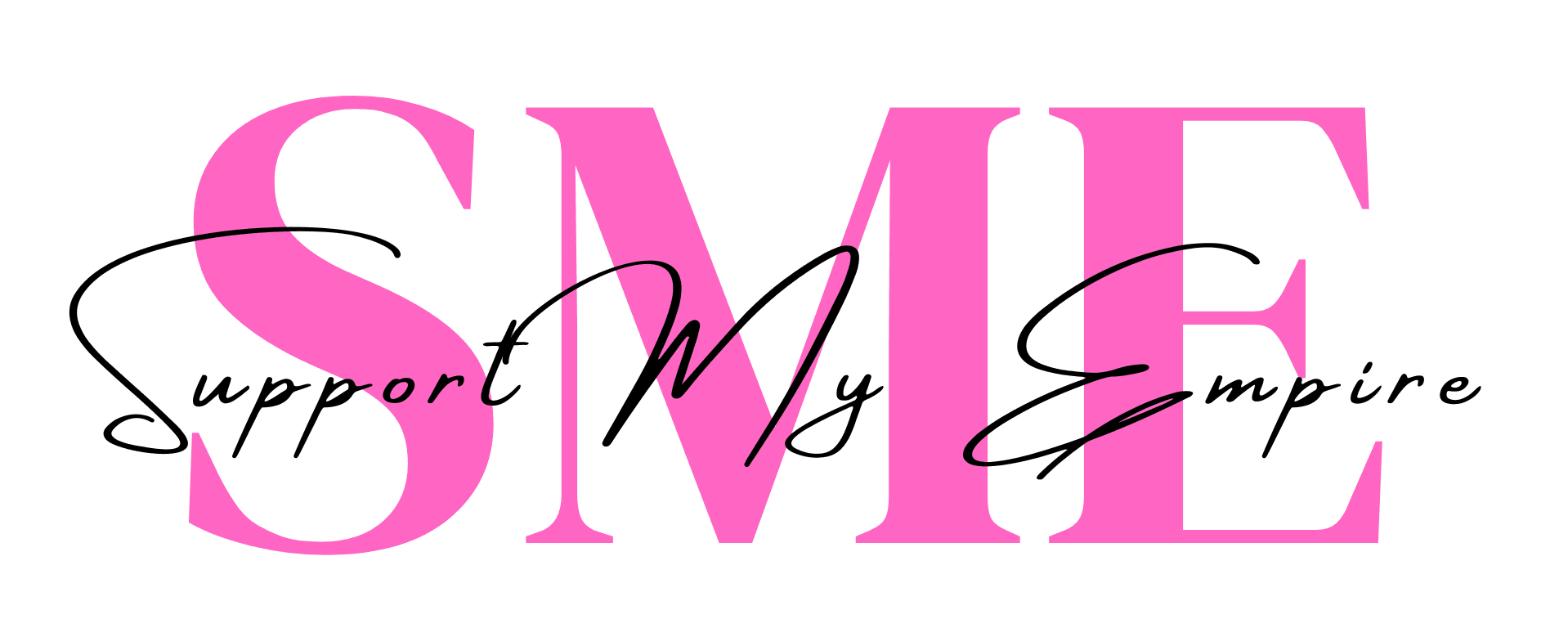Tariffs, Duties, and Sanctions: What’s the Difference?
We have heard the words lately, Tariffs, Duties and Sanctions. But what’s the difference? The retail and fashion industry thrives on global trade, relying heavily on international suppliers and materials. For business owners in this fast-paced sector, tariffs shape production costs, pricing, and market competitiveness. Understanding how all of these affect your business is critical to building and sustaining your empire.

What’s the Difference?
When trade policy hits the news, most people lump everything into one word: tariffs. But not all trade barriers are created equal. Tariffs, duties, and sanctions are three very different tools—used for very different reasons. And understanding the difference can save your business from some costly mistakes.
Tariffs
Tariffs are taxes placed on goods that cross international borders—usually when they’re imported, but occasionally when they’re exported. Governments use tariffs to influence trade in four main ways:
- To regulate trade – controlling what comes in and from where
- To protect domestic industries – giving local producers a pricing edge over foreign competitors
- To raise revenue – especially in developing economies where tariffs are a key income source
- To retaliate or respond to unfair trade practices – like dumping or subsidies abroad.
Types of Tariffs
Tariffs can come in a few different formats, and it’s important to know which one applies to your products—because the way they’re calculated can have a big impact on your final landed cost:
- Ad valorem tariffs
These are based on the value of the goods being imported. For example, if a tariff is 10% and your shipment of handbags is valued at $10,000, you’ll owe $1,000 in tariffs. This type is the most common and can hit hard if your product value is high—even if it’s small or lightweight. - Specific tariffs
These are charged per unit, regardless of the product’s price. So if there’s a $1.50 specific tariff per pair of imported shoes, it doesn’t matter whether your shoes sell for $20 or $200—you still pay $1.50 each. This hits lower-cost goods especially hard and can quickly eat into your margin. - Mixed tariffs
Some products are subject to both—a fixed cost per unit plus a percentage of the value. For example: $0.80 per t-shirt plus 5% of the declared value. This hybrid approach can be particularly tricky to calculate and should always be checked against your product’s HTS code.
For businesses, especially those in retail and fashion, tariffs can sneak up at every stage of the supply chain—on raw materials, packaging, finished goods, and even samples. And once they’re in place, you either adapt your sourcing strategy or watch your margins disappear.
Duties
“Duties” is the umbrella term that includes tariffs—but it doesn’t stop there. If tariffs are one slice of the pie, duties are the whole bakery. Duties are taxes imposed on goods either entering or already circulating within a country, and they can take a few different forms depending on what’s being taxed and why:
- Import Duties
These are the most common and include tariffs. They’re applied when goods are brought into a country and are typically based on the item’s value, origin, and classification under the HTS (Harmonized Tariff Schedule). You might hear “tariff” and “import duty” used interchangeably—but technically, tariffs are a type of import duty. - Excise Duties
These apply to specific goods like alcohol, tobacco, and fuel—even if they’re made domestically. It’s less about trade, more about government revenue and public policy (like discouraging smoking or excessive drinking). - Customs Duties
This is often just a catch-all term for any taxes charged by Customs during the import process. It may include both tariff and non-tariff duties, and it’s usually what you see on customs paperwork at the port or when your shipping company sends you a bill.
How are duties calculated?
Duties are usually calculated based on a few key pieces of information—and getting any one of them wrong can lead to overpaying or compliance issues:
- The Declared Value of the Goods
This is typically the amount shown on your commercial invoice—the price you paid for the goods. Customs uses this value as the base for calculating ad valorem duties (e.g. 10% of $5,000 = $500 in duties). - The HTS Code (Harmonized Tariff Schedule)
Every product you import has a 10-digit classification code. This code determines the exact duty rate and tells Customs what your product is. For example, a cotton t-shirt has a different rate than a silk blouse—even if they’re from the same supplier. Misclassifying products can result in paying too much—or not enough—which can trigger penalties or delays. - The Country of Origin
Where your product comes from affects whether it qualifies for special treatment under a trade agreement. If you’re importing from Mexico or Canada, your goods might qualify under USMCA for a reduced or zero tariff.
Importing from China? You might face a 145% retaliatory tariff depending on the category.
From Australia? Currently subject to a lower, 10% ad valorem rate.
It’s not just where the goods are shipped from—it’s where they’re made.
If your product is assembled in Vietnam using mostly Chinese components, it might not qualify for Vietnam’s lower tariff rate unless it meets Rules of Origin requirements.
Sanctions
Sanctions are not about trade fairness—they’re about pressure.
Governments use sanctions as economic weapons to influence the behavior of countries, industries, or even individuals. The goal? To punish or deter actions that are considered a threat to national or global security. Unlike tariffs or duties—which are tied to trade regulation and revenue—sanctions are all about foreign policy.
Types of Sanctions
- Full trade bans – no imports or exports allowed between countries (e.g. U.S. sanctions on North Korea)
- Financial restrictions – freezing bank accounts, banning currency exchanges, or cutting access to SWIFT payment systems
- Sector-specific bans – like restrictions on defense materials, oil and gas, or advanced tech
- Individual sanctions – targeting politicians, business leaders, or entities linked to sanctioned regimes
Sanctions can be imposed by a single country (like the U.S. Treasury’s OFAC list), a bloc (like the EU), or international coalitions (through the UN). For businesses, especially those dealing in international logistics or payments, sanctions are serious. If you trade with a sanctioned party—even accidentally—you can face massive fines or criminal charges.
The key difference here? Sanctions are punitive. They’re not trying to correct market imbalances—they’re trying to force change. That’s why they’re usually sudden, sweeping, and high-risk for anyone involved in global commerce.
Conclusion
Tariffs, duties, and sanctions might all show up on the same customs paperwork—or in the same headline—but they serve very different purposes. Tariffs are about trade regulation and protecting industries. Duties are the broader taxes that fund governments and shape imports. And sanctions are geopolitical tools meant to punish or pressure.
For businesses, especially in retail, fashion, and product-based industries, knowing the difference isn’t just academic—it’s operational. The more you understand how these tools work, the better you can plan your pricing, sourcing, and risk strategies.




